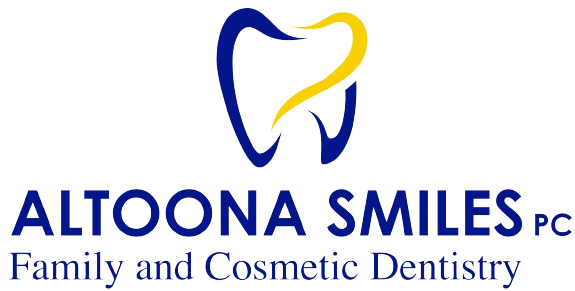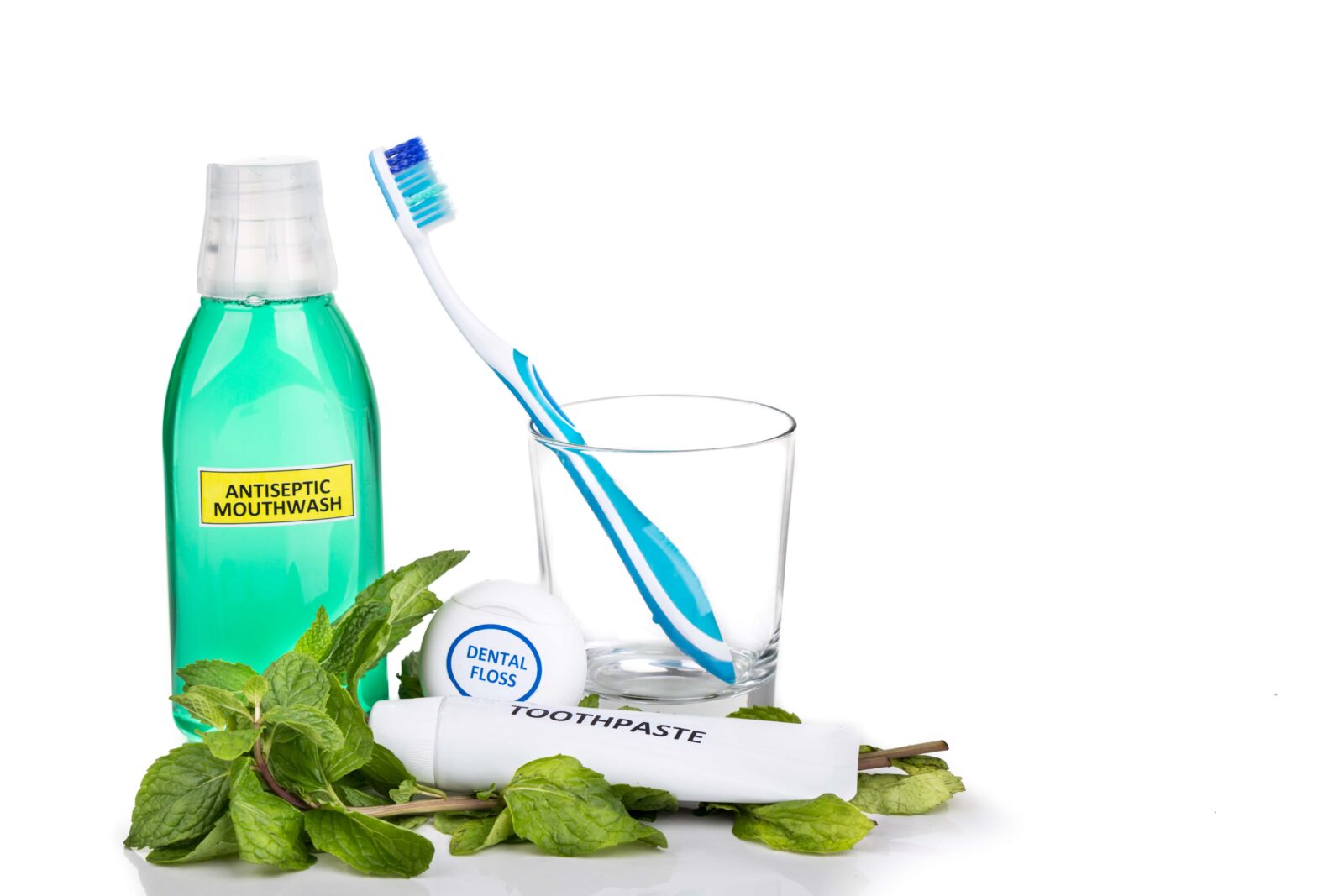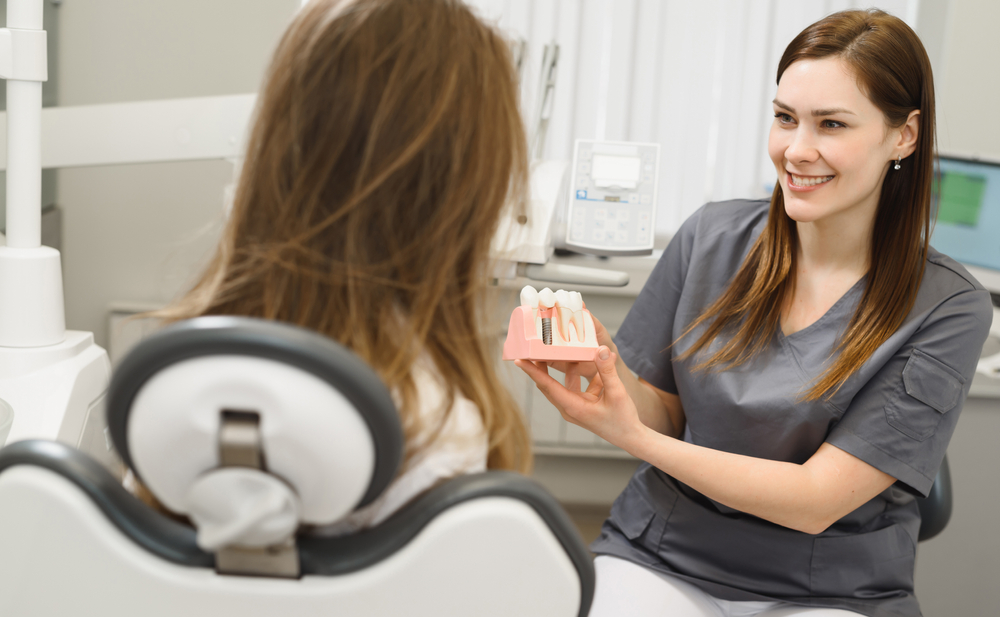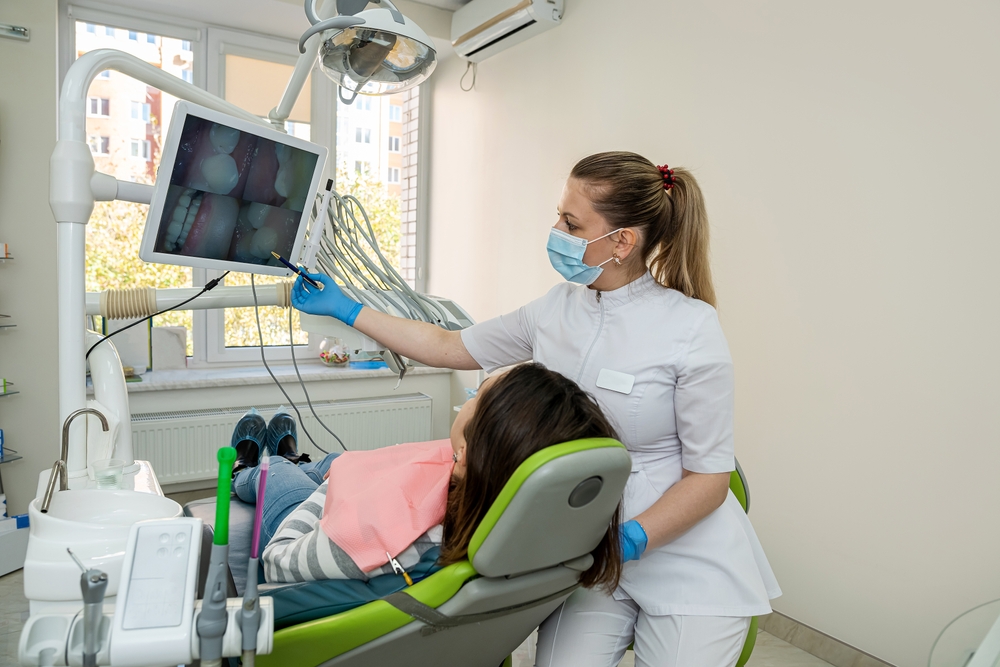Navigating the vast array of oral care tools available on the market can be daunting, yet it’s a crucial endeavor for anyone looking to optimize their dental health regimen. From the battle between electric and manual toothbrushes to the myriad options for floss, mouthwash, and beyond, making informed choices can significantly impact your oral hygiene—and by extension, your overall well-being. This blog aims to demystify the selection process, providing you with a comprehensive guide on how to choose the right oral care tools tailored to your unique needs. Whether you’re seeking to enhance your daily routine, address specific dental concerns, or simply ensure your smile is as healthy and radiant as possible, understanding the nuances of each tool and its benefits is the first step toward achieving your oral health goals. Join us as we delve into the essential considerations and expert tips to help you make informed decisions in your quest for the perfect oral care toolkit.
In This Blog:
- How to Choose the Right Toothbrush for Your Oral Health Needs
- How to Choose the Right Dental Floss for Your Oral Health Needs
- How to Choose the Right Mouthwash for Your Oral Health Needs
- Additional Tools to Consider
How to Choose the Right Toothbrush for Your Oral Care Needs
Selecting the right toothbrush is a foundational step in your oral care routine, directly impacting your ability to maintain good oral hygiene. With numerous options on the market, it’s essential to consider various factors to ensure you choose a toothbrush that meets your specific oral care needs. Here’s how to navigate the process:
Manual vs. Electric: Understanding the Basics
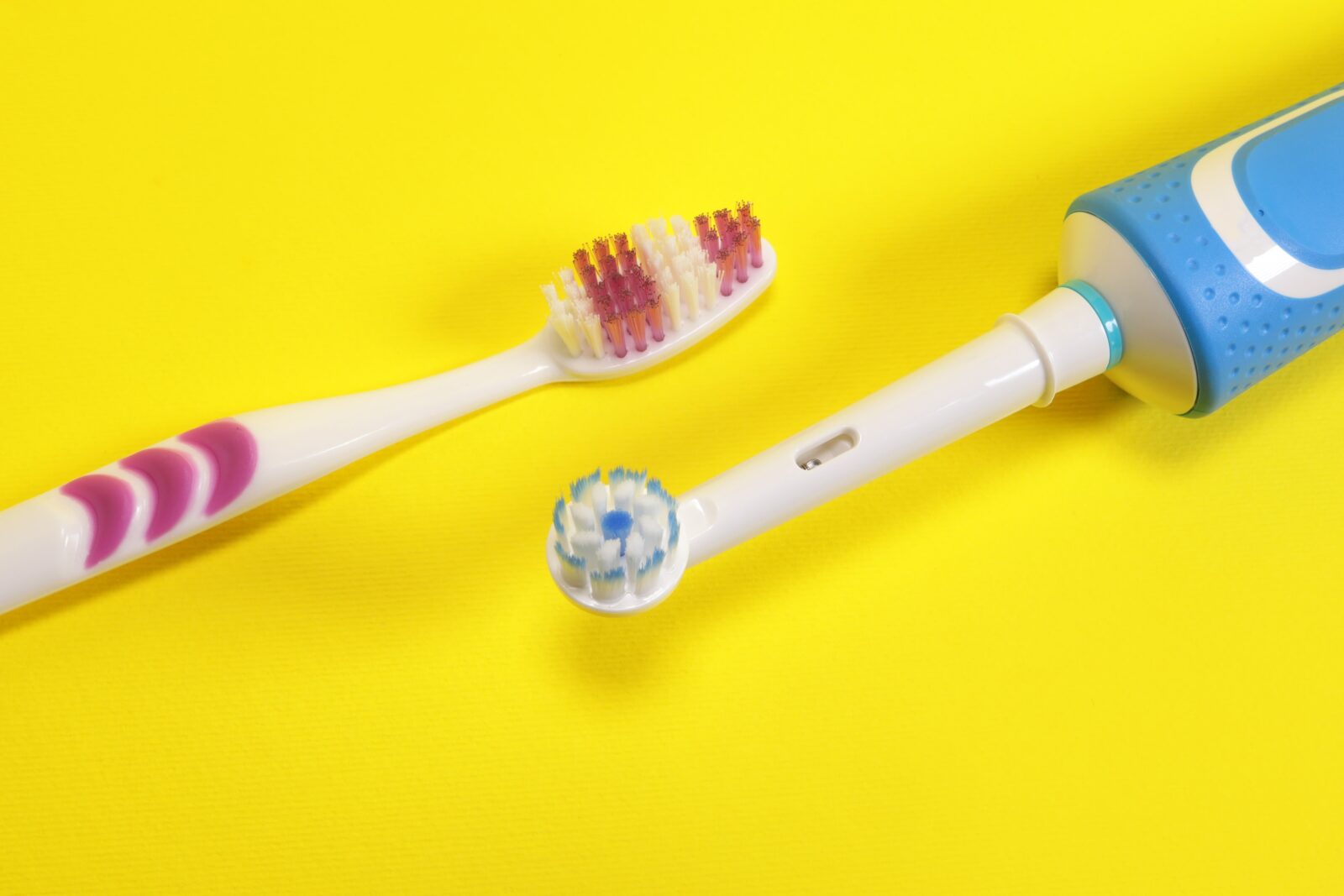
Manual Toothbrushes are the traditional choice, valued for their simplicity and control. They require proper technique for effectiveness, emphasizing gentle, circular brushing motions. When selecting a manual toothbrush, look for one with a comfortable grip and a head size that easily reaches all areas of your mouth.
Electric Toothbrushes offer automated brushing actions, such as oscillating or vibrating, to enhance plaque removal and reduce gingivitis more effectively than manual brushing for some people. They often feature built-in timers and pressure sensors to encourage thorough and safe brushing. Consider an electric toothbrush if you’re looking for ease of use, have limited manual dexterity, or simply prefer a more tech-savvy approach to oral care.
Bristle Type Matters
- Soft Bristles are recommended by most dental professionals for their ability to effectively clean teeth while being gentle on the gums. They are suitable for most people, including those with sensitive teeth or gum disease.
- Medium and Hard Bristles may be tempting for those seeking a “deeper” clean, but caution is advised. These bristles can damage tooth enamel and irritate the gums, particularly with aggressive brushing.
Size and Shape for Comfort and Effectiveness
The head of the toothbrush should comfortably fit inside your mouth, allowing easy access to all surfaces of your teeth. A toothbrush that feels too large or small can hinder your ability to clean effectively. Additionally, some people may find toothbrushes with contoured handles more comfortable to hold and maneuver.
Special Considerations
- Orthodontic Needs: If you have braces or other orthodontic appliances, consider toothbrushes designed with specialized bristles that can easily clean around wires and brackets.
- Sensitive Gums: Look for toothbrushes labeled as extra soft or specifically designed for sensitive gums to reduce discomfort while brushing.
Making Your Choice
Choosing the right toothbrush involves balancing personal comfort, ease of use, and specific oral health needs. While both manual and electric toothbrushes can be effective when used properly, consider your lifestyle, dental health goals, and any specific recommendations from your dental professional. Remember, the best toothbrush is one that you will use consistently and correctly, twice a day, to maintain a healthy smile. Regardless of your choice, replace your toothbrush or electric toothbrush head every three to four months—or sooner if the bristles become frayed—to ensure optimal cleanliness and effectiveness.
How to Choose the Right Dental Floss for Your Oral Health Needs
Dental floss is a cornerstone of oral hygiene, essential for removing plaque and food particles from between the teeth and along the gumline, areas your toothbrush cannot reach. However, with several types of floss available, choosing the right one can feel overwhelming. Understanding the different options and how they cater to various oral health needs can help you select the most effective dental floss for your routine.
Understanding the Types of Floss
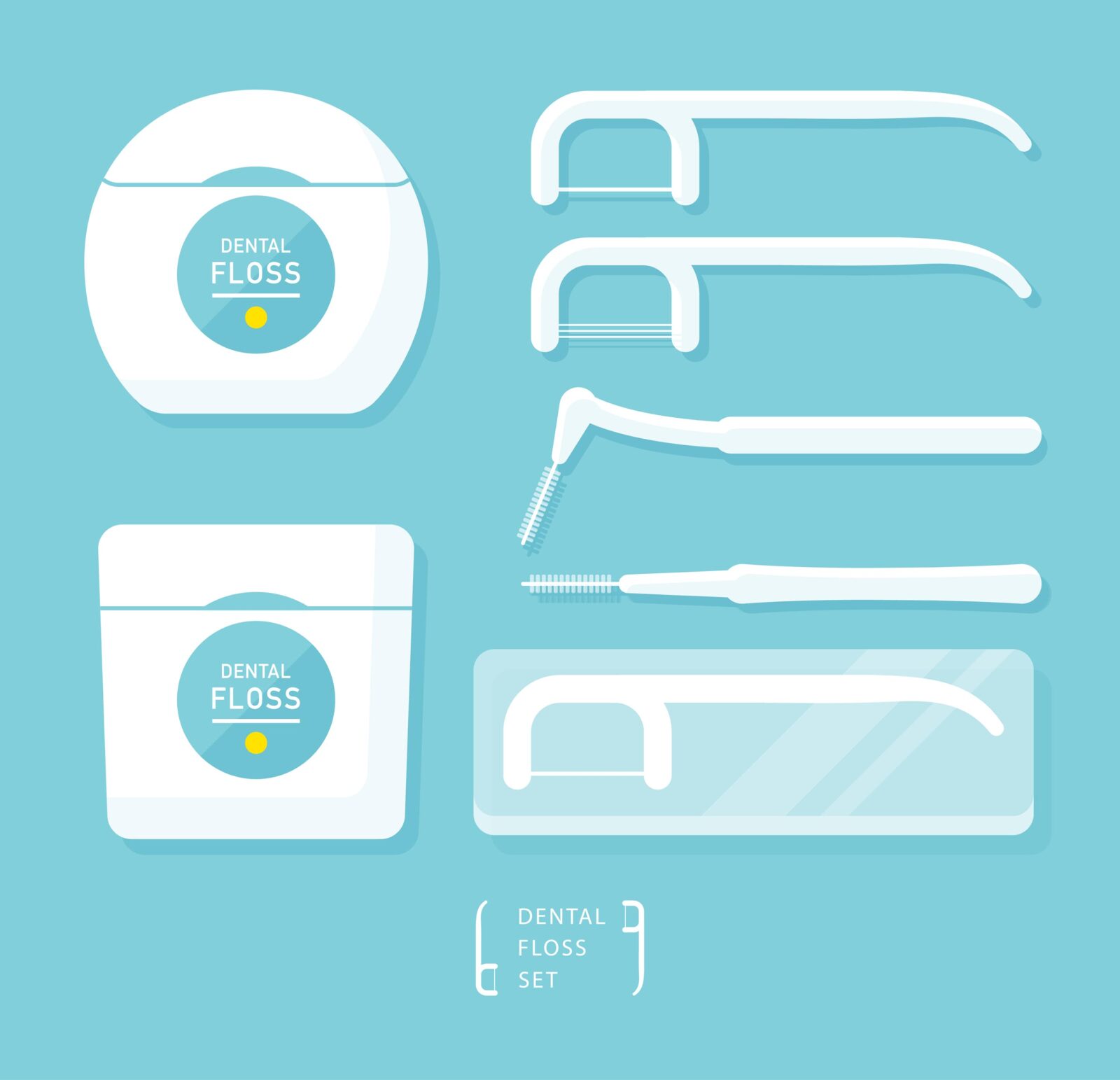
- Waxed Floss: Coated with a thin layer of wax, this floss slides between teeth more easily, making it a good choice for people with tightly spaced teeth. The wax coating can also provide a more comfortable flossing experience by reducing friction.
- Unwaxed Floss: This thinner floss is effective for cleaning tightly spaced teeth but can be more challenging to use without the slickness provided by wax. It’s known for making a squeaking sound when the area between the teeth is clean, offering an audible cue to users.
- Dental Tape: Thicker and flatter than standard floss, dental tape is designed for cleaning between teeth with larger gaps. Its broader surface area can be more efficient at plaque removal in such spaces.
- Water Flossers: For individuals with braces, bridges, or difficulty using traditional floss, water flossers are an excellent alternative. They use a stream of water to clean between teeth and below the gumline, effectively reducing plaque buildup and improving gum health.
Factors to Consider When Choosing Dental Floss
- Tooth Spacing: If your teeth are tightly spaced, waxed floss or finer floss options might be more comfortable and effective. For larger gaps, dental tape can provide thorough cleaning without slipping through the spaces too easily.
- Braces or Dental Work: Water flossers and floss threaders are particularly useful for navigating around braces, bridges, and other dental work, ensuring that you can clean all areas effectively without causing damage.
- Sensitivity: If your gums are sensitive, you might prefer a softer floss, such as waxed floss or specially formulated comfort floss, to minimize discomfort while still thoroughly cleaning the spaces between your teeth.
Making the Right Choice
Choosing the right dental floss involves considering your dental anatomy, any specific dental work you have, and your personal preferences. Experimenting with different types of floss can help you find the one that fits your needs and feels best in your mouth. Remember, the best floss for you is the one that you will use regularly and effectively as part of your daily oral hygiene routine. Consistency is key to maintaining oral health, so select a floss that encourages you to adhere to a flossing regimen. If you’re unsure about the best option for you, consult your dental professional for personalized recommendations based on your oral health status and needs.
Choosing the Right Mouthwash for Your Oral Health Needs
Mouthwash can be a valuable adjunct to your oral hygiene routine, offering benefits beyond just freshening your breath. From preventing cavities and reducing plaque to combating gum disease, the right mouthwash can cater to a wide range of oral health needs. Here’s how to navigate the options and choose the mouthwash that aligns with your specific requirements.
Understanding the Types of Mouthwash
- Cosmetic Mouthwashes are primarily designed to freshen breath and offer a temporary solution to halitosis (bad breath). They may contain agents to mask odors but do not typically have long-term health benefits.
- Therapeutic Mouthwashes contain active ingredients that address specific oral health issues such as plaque, gingivitis, tooth decay, and more. These products are often recommended by dental professionals and may carry the American Dental Association (ADA) Seal of Acceptance, indicating they have been evaluated for safety and effectiveness.
Key Ingredients and Their Benefits
- Fluoride: Helps strengthen tooth enamel and prevent tooth decay. Mouthwashes containing fluoride are beneficial for those at a higher risk of cavities.
- Chlorhexidine: Offers antimicrobial properties, making it effective against bacteria responsible for plaque and gingivitis. It’s usually available through prescription for short-term use.
- Essential Oils (e.g., menthol, eucalyptol): Provide antimicrobial benefits and can help reduce plaque and gingivitis, offering a more natural approach to oral health.
- Cetylpyridinium Chloride: Targets bad breath and can reduce plaque.
Selecting a Mouthwash Based on Your Needs
- To Combat Cavities: Look for mouthwashes that contain fluoride, especially if you’re prone to decay or have a history of cavities.
- For Gum Health: If you’re dealing with or want to prevent gingivitis, choose a mouthwash with antimicrobial properties, such as those containing chlorhexidine (for short-term use) or essential oils.
- To Freshen Breath: While cosmetic mouthwashes can offer temporary relief from bad breath, therapeutic mouthwashes that target the underlying causes of halitosis can provide longer-lasting solutions.
- If You Have Sensitive Mouth: Alcohol-free mouthwashes are preferable for those with sensitive teeth or gums, as alcohol can cause drying and irritation.
Considering Special Needs
- Dry Mouth: Select a mouthwash designed for dry mouth, which will be alcohol-free and may contain ingredients to stimulate saliva production.
- Children: Choose alcohol-free mouthwashes specifically formulated for kids, with flavors and packaging designed to encourage their use.
Additional Oral Health Tools to Consider
Additional oral health tools can significantly enhance your dental care routine, addressing specific needs that basic brushing and flossing might miss. Identifying whether you need these tools often depends on your unique oral health concerns, preferences, and recommendations from your dental professional. Here’s a look at some beneficial tools:
Tongue Scrapers
- Benefits: Help remove bacteria, food debris, and dead cells from the tongue’s surface, which can improve breath and contribute to overall oral hygiene.
- Indications: Persistent bad breath (halitosis) not resolved by brushing and flossing, or a noticeable coating on the tongue.
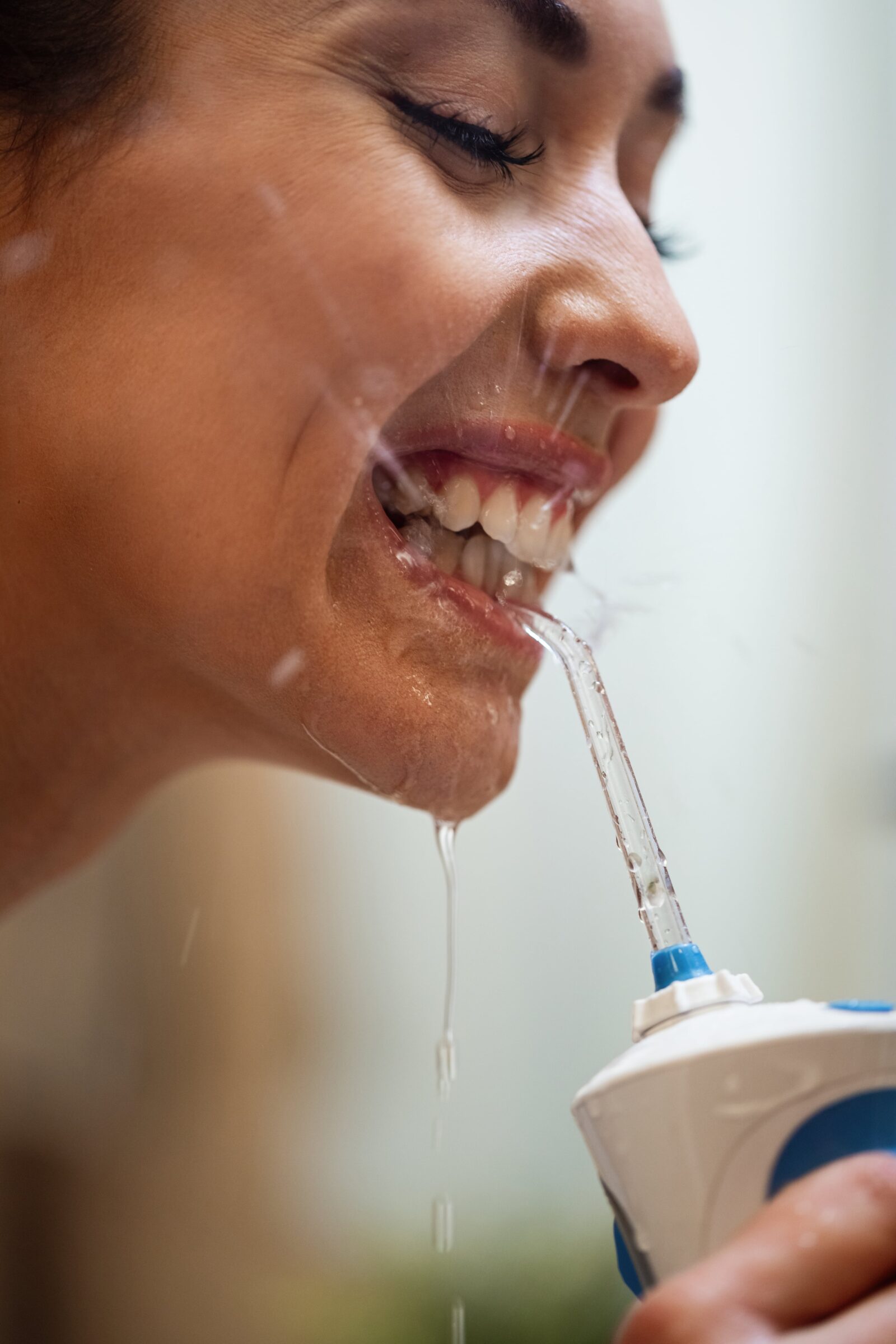
Water Flossers
- Benefits: Use a stream of water to clean between teeth and below the gum line, effective at reducing plaque buildup and improving gum health.
- Indications: Difficulty using traditional floss due to braces, dental work, or mobility issues; those with periodontal disease may also benefit from the additional cleaning.
Interdental Brushes
- Benefits: Designed to clean between teeth, especially effective for larger gaps or around orthodontic appliances.
- Indications: Spaces between your teeth where traditional floss doesn’t seem effective, braces, or dental bridges.
Dental Picks and Soft Picks
- Benefits: Can help remove plaque and food debris from between teeth and are often easier to handle than traditional floss.
- Indications: Preference for a more tactile method of cleaning between teeth or difficulty manipulating floss.
Mouth Guards
- Benefits: Protects teeth from grinding (bruxism) or injuries during sports.
- Indications: Teeth grinding at night, participation in contact sports.
Conclusion
In conclusion, choosing the right oral care tools is pivotal to maintaining optimal dental health. From selecting the perfect toothbrush and floss that cater to your specific needs, to finding a mouthwash that addresses your oral health concerns, each decision plays a crucial role in enhancing your oral hygiene routine. Moreover, incorporating additional tools like tongue scrapers, water flossers, or interdental brushes can further tailor your dental care to suit unique needs, ensuring a comprehensive approach to oral health. It’s essential to consider your personal oral health goals, challenges, and the advice of dental professionals when selecting these tools. Remember, the ultimate aim is to support a routine that’s not only effective but one that you’re committed to following consistently. With the right tools in hand, you’re well on your way to achieving a healthier, brighter smile.
